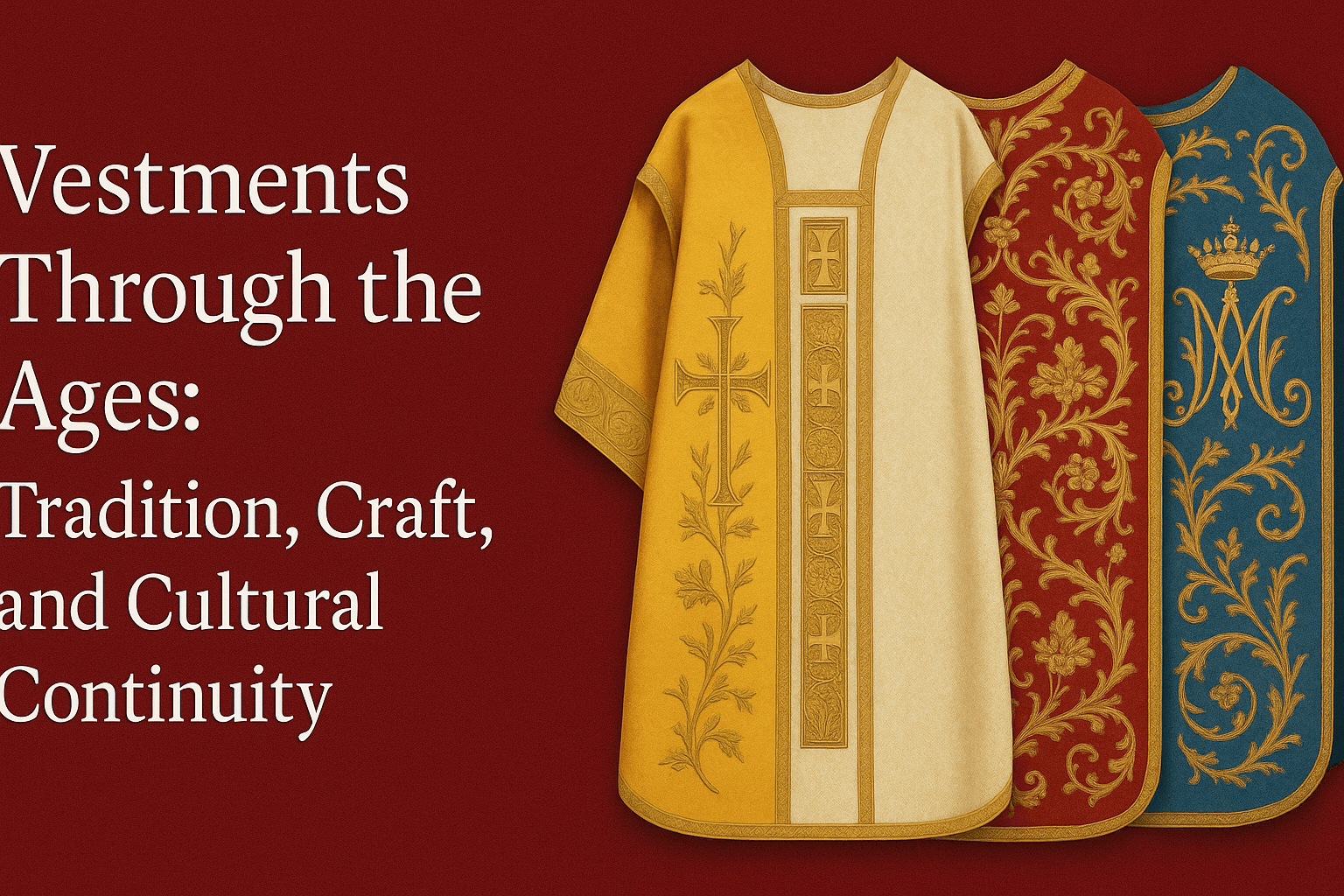In a move that seems straight out of a Hollywood script, archaeologists from Egypt's Ministry of Antiquities recently opened a 2,000-year-old giant black sarcophagus in the Sidi Gaber district of Alexandria. This monumental find, measuring an impressive 2.5 meters (almost nine feet), marks the largest sarcophagus ever discovered in this region. Despite the ominous warnings one might draw from films like The Mummy, the archaeologists delved into the mysterious depths of history, unveiling a rather unexpected and gruesome discovery.
Dating back to Egypt's Ptolemaic period (323-30 BCE), the time span between Alexander the Great's demise and the Roman invasion, the granite sarcophagus bore witness to centuries of undisturbed history. A layer of mortar between the lid and the sarcophagus body hinted at its untouched state until the recent archaeological venture.
Archeologists opened up a 2,000-year-old sarcophagus that was found in the Alexandria region of Egypt. Credit: Ministry of Antiquities
The Unveiling
Contrary to fears of unleashing curses or supernatural forces, no malevolent spirits emerged upon opening the ancient coffin. Instead, a pungent odor filled the air as the archaeologists were met with an unexpected sight – the sarcophagus was filled with sewage, possibly seeping in from a nearby road. The overpowering stench forced the team to temporarily retreat, allowing the ancient chamber to air out for an hour before further investigation.
Within the murky sewage lay three skeletons, initially identified as male by Shaaban Abdel Moneim, a specialist in the study of mummies and skeletons. While their exact roles remain speculative, experts suggest the occupants were likely officials, possibly military figures or even a priest. Notably, the absence of inscriptions on the sarcophagus ruled out the possibility of it belonging to a king or emperor.
Inside the coffin, they found a sludgy mess. Credit: Ministry of Antiquities
Next Steps: Restoration and Investigation
The skeletons, shrouded in mystery, are set to undergo restoration and in-depth examination at the Alexandria National Museum. Specialists aim to unravel the circumstances surrounding their demise and approximate the era in which they lived. Although the lack of inscriptions limits the identification of the sarcophagus owner, the discovery poses a tantalizing opportunity to piece together forgotten chapters of history.
Three skeletons that were found in the sarcophagus will be removed and investigated by experts. Credit: Ministry of Antiquities
Challenges Ahead
Extracting the colossal sarcophagus from its ancient resting place presents a formidable challenge for the archaeologists. Waad Abul-Ela, the head of the Projects Sector at the Ministry, outlined a meticulous two-part process for this delicate operation. First, the area surrounding the sarcophagus will be filled, and subsequently, a tow truck will lift it in a scientifically precise manner, ensuring the preservation of this invaluable antiquity.
The opening of the 2,000-year-old giant black sarcophagus in Alexandria has stirred both fascination and intrigue. As archaeologists tread carefully through the layers of history, the skeletons within offer a glimpse into a bygone era. Despite the lack of royal insignia, the potential revelations about the lives and deaths of these ancient occupants promise to enrich our understanding of Egypt's enigmatic past. The giant black sarcophagus, once a silent witness to the passage of time, now beckons the modern world to unravel the mysteries concealed within its imposing exterior.










